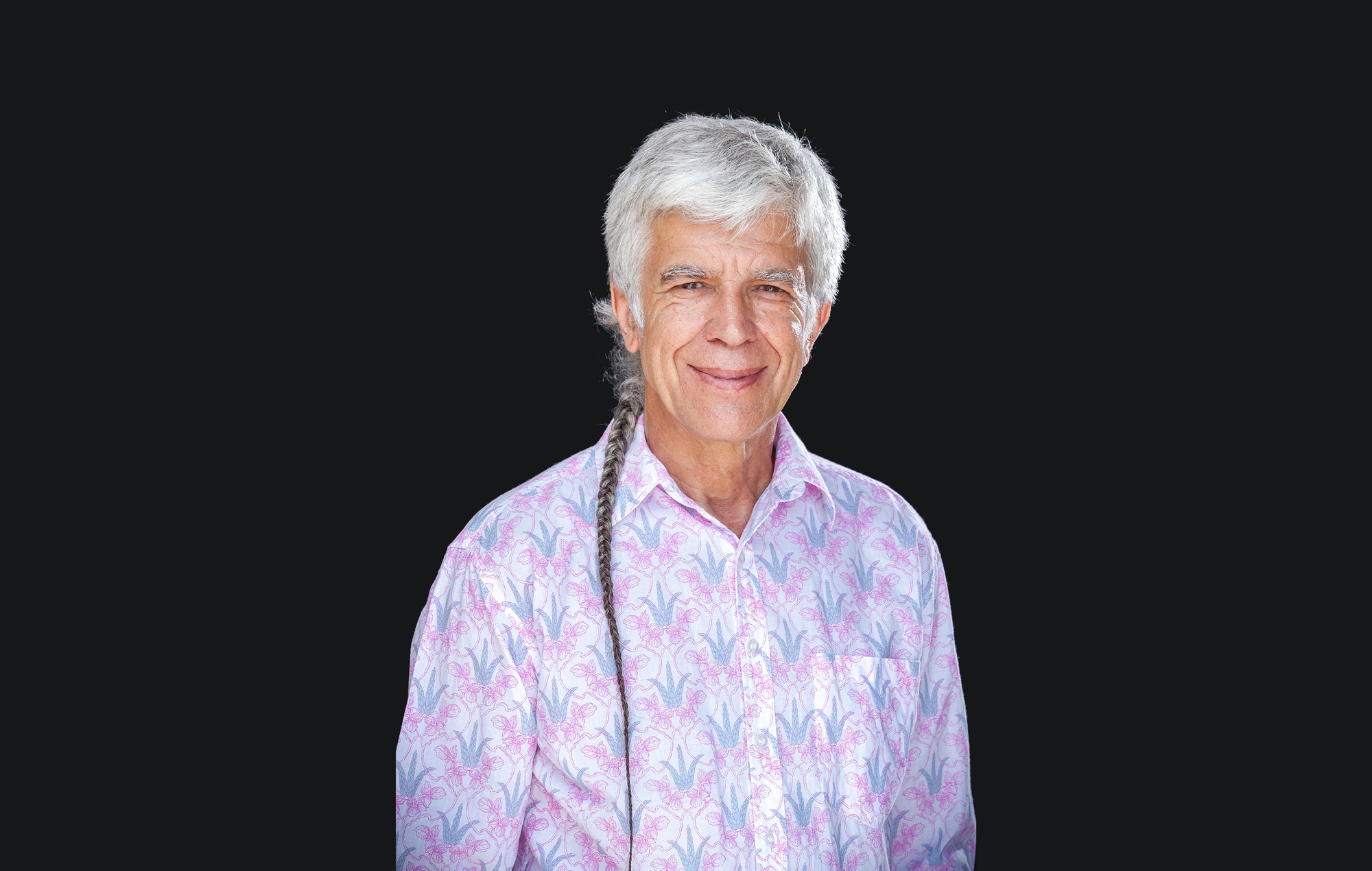Funktion-One’s product-spanning sound philosophy
It is a little realised and under appreciated fact that the perceptive power of our hearing system is quite phenomenal in its breadth of bandwidth and depth of resolution when compared with our perception of light. Sound is 10 octaves wide compared with the one octave bandwidth (rainbow) of perceived light.
Sound has a time resolution of around 16 microseconds which is about 2,000 times the resolving power of light’s 30 milliseconds. These numbers are derived from how close together through time the senses can perceive separate events. This is easily illustrated by the standard movie frame rate of 30fps, which achieves a smooth continuum without glitches. Whereas with audio perception, humans need a frame rate of roughly 62,500 events per second before the hearing system runs out of resolution and the rate of events becomes a seamless continuum.
If the acuteness of audio perception portrayed by these numbers is too much to swallow, then consider the fact that all day long you have instantaneous vector location for every sound you hear. I doubt that many of us think it happens by magic. It is in fact an amazing brain process of constant monitoring and tracking of the arrival times between our two ears that doesn’t require any conscious effort on our part and never switches off. This is why it is worth striving for the highest possible audio quality and why a hyper realistic loudspeaker has to be very fast indeed. At this level of realism, the wonderful qualities of consciousness engagement and dimension emerge.
This understanding underpins the performance qualities of all Funktion-One loudspeakers, regardless of their size – from Vero and Evo, right down to our Compact Series.
Almost all modern loudspeakers require significant preset or controller EQ. In contrast, it has always been the Funktion-One approach to design acoustically level loudspeaker systems, requiring only crossover filters, relative delays and gains. The advantages of this approach are headroom preservation and system linearity, as well as subjectively clearer, more natural audio presentation.
Loudspeakers are inherently very inefficient, typically achieving only 1-5% efficiency. We believe that it’s good engineering and good for the planet to improve this efficiency as much as possible, particularly as high efficiency loudspeakers have such an exciting and dynamic sound quality.
Almost all forms of distortion in loudspeakers are correlated with diaphragm movement. By increasing efficiency and reducing cone movement, distortion is significantly reduced. The results of our work into improving loudspeaker efficiency are self-evident, with significantly fewer loudspeakers and amplifiers required in comparison to conventional systems, meaning reduced power consumption and CO2 emissions.
Our R&D team has a long history of innovation. It is responsible for a number of industry firsts, including the turnkey package touring system, the 21” loudspeaker frame size and the integrated loudspeaker management system. Furthermore, we were early adopters of live spatial audio technology, computer-based electroacoustic measurement systems, composite cabinet and diaphragm materials, Neodymium magnets and PWM (Class D) amplification.
All critical design decisions at Funktion-One are informed by comprehensive listening tests.
The results of these tests are validated by in-depth electroacoustic measurements with both industry-standard and bespoke instrumentation and software. We have also designed and constructed a robot for automated 3D directivity measurement of loudspeakers and arrays weighing over 300kg and have developed a range of new measurement types and methods in our pursuit of audio excellence.
Find Funktion-One at ISE 2020 in Hall 7 Stand S-192, where the company will introduce its latest loudspeaker innovations.

